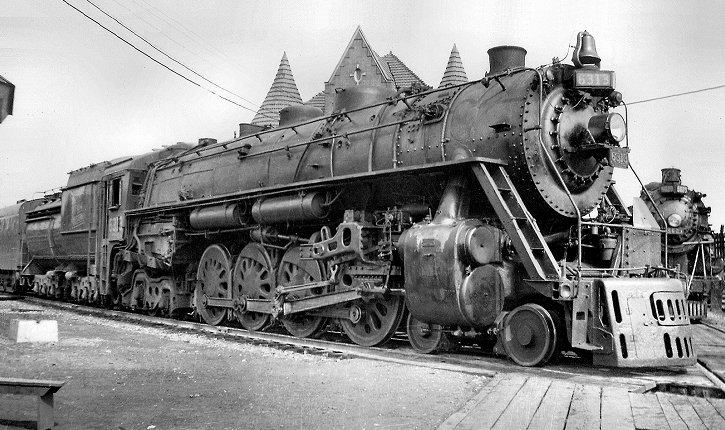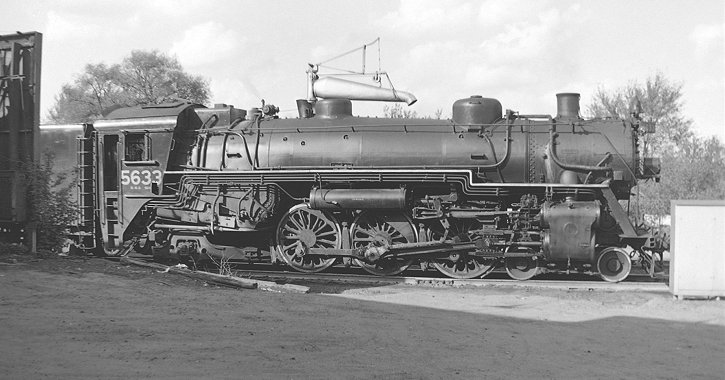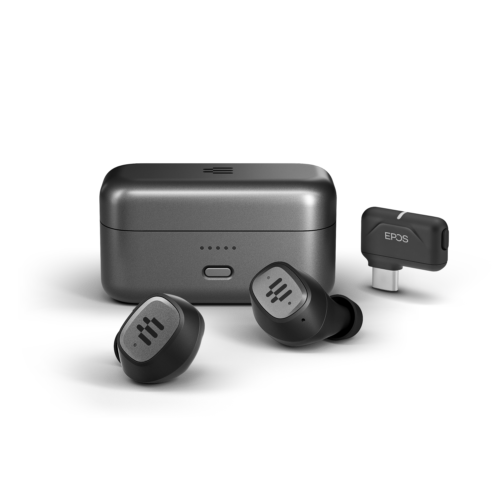Get an unrestricted 30-day free trial of FreshBooks at code LINUS and get 25% off GlassWire at https://lmg.gg/glasswir. Mirko Bortolotti has rejoined Lamborghini's roster of factory GT drivers for the 2021 season after a year with Audi. WCEE GT World Challenge Europe Endurance / Breaking news Lexus ends factory.
GeForce Game Ready Driver
| ||||||||||||||
| SteamtownSpecial History Study |
| AMERICAN STEAM LOCOMOTIVES |
GRAND TRUNK WESTERN RAILROAD NO. 6039
Owner(s):

Grand Trunk Western Railway 6039
Grand Trunk Western Railroad 6039
Whyte System Type: 4-8-2 Mountain
Class: U-1-c
Builder: Baldwin Locomotive Works
Date Built: June 1925
Builder's Number: 58463
Cylinders (diameter x stroke in inches): 26 x 30
Boiler Pressure (in lbs. per square inch): 210
Diameter of Drive Wheels (in inches): 73
Tractive Effort (in lbs.): 65,000 (also reported as 49,590)
Tender Capacity:
Coal (in tons): 18
Oil (in gallons): Not applicable
Water (in gallons): 13,575
Weight on Drivers (in lbs.): 231,370
Remarks: Engine has duplex mechanical stoker, vanadium steel main frames, boxpok drive wheels, and a Vanderbilt tender. It has bad cylinder castings.
Grand Trunk Western Railroad 4-8-2 Locomotive No. 6039
History: Incorporated in 1900 in Indiana and Michigan and controlled by the Grand Trunk Railroad of Canada, by 1920 the Grand Trunk Western Railway owned 331 miles of track in Michigan and Illinois and was in its later years the only railroad that provided commuter rail service in and around Detroit. The Grand Trunk Railroad, of course, subsequently was absorbed into the government-owned Canadian National Railways, which thereafter controlled the Grand Trunk Western Railway in the United States. Thus commuters riding to their jobs in Detroit on Grand Trunk Western trains were in fact being hauled by an American railroad owned by the government of Canada.
Three factors influenced the Grand Trunk Western Railway to acquire heavy passenger (and freight) locomotives of the 4-8-2 Mountain type during the 1920s. First, the type became popular in the United States as a result of the great success of an engine of that class designed by the U.S. Railroad Administration in its short-lived attempt to standardize designs of all American steam locomotives when the railroads were briefly nationalized during and just after World War I. Second, the parent Canadian National Railways had purchased 16 of this type of locomotive in 1923 that had also proved to be very successful, to the extent that Canadian National bought another 21 in 1924. Third, during the Roaring Twenties passenger traffic on the Grand Trunk Western, especially on its Chicago Division, had increased to the extent that the company's 4-6-2 Pacifics increasingly had to be double- headed to abide by the timetables, a costly practice that required an extra engine crew, not to mention the additional engine, so that a heavier engine was essential to eliminate the practice.
Accordingly, in 1925 that the Grand Trunk Western Railway took delivery from the Baldwin Locomotive Works on five 4-8-2 locomotives, numbered 6037 through 6041, which it assigned to Class U-1-c. Mechanical Engineer Thomas H. Walker signed the Specification Card on No. 6039 at the Baldwin Locomotive Works on June 26, 1925. These locomotives featured feedwater heaters, power reverse gear, and automatic or mechanical stokers, and they were the first locomotives on the Grand Trunk Western to feature both Vanderbilt tenders and enclosed, vestibuled or all-weather cabs. Although they were purchased for passenger service, the Grand Trunk Western soon learned how successfully they could move hotshot fast freight trains, so that by the early 1930s they could be found, in the words of the railroad's historian, 'as often ripping the quiet Michigan and Indiana countrysides apart with fast freight as they could heading up the Maple Leaf or the International.'
In January 1929, the Grand Trunk Western Railroad succeeded the Grand Trunk Western Railway.
During their careers, these engines received a number of modifications. They were manufactured with friction bearings on all tender and engine axles, but during the mid-1930s the Grand Trunk Western equipped them all with more modern and efficient roller bearings on leading and trailing trucks on the locomotive itself. In 1940 and 1941, the railroad installed cowls or smoke deflectors of various designs around the stacks of these engines, following the popularity of the practice on the Canadian National in an attempt to keep the smoke from dropping down and obscuring the vision of the engineer and fireman. The smoke deflectors failed to accomplish much, so the railroad removed all of them in the late 1940s.
Baldwin Locomotive Works Specification Card for Locomotive No. 6039
The Grand Trunk Western made two other notable modifications of these locomotives. During the 1940s, No. 6039 was reported to have received vanadium steel main frames and 'boxpok' drive wheels. Technically called 'box-spoke,' these drivers had fewer spokes and were of box-section type, like the wheel rim, a design that provided greatly improved lateral strength and rim stiffness. Viewed from the side, the opening between the spokes was circular, rather than wedge-shaped.
The boxpok drivers proved an important modification in high-speed service. Oddly, these modern drive wheels were not all applied at the same time even to a single locomotive. A photographer named Eilenberger recorded Engine No. 6039 at Elsdon engine terminal in March 1939 with boxpok drivers only on the second driver axle, while on September 21, 1941, it had the boxpok drivers on at least the second and third axles (and possibly the first, which is obscured in the photograph), but not on the fourth. By that date, the engine had acquired a rather ugly shielding around the stack which, fortunately, the railroad later removed.
Although engine crews reportedly liked these 4-8-2s, acquisition of still heavier steam power, and later, diesel locomotives, resulted in the railroad downgrading use of the 'Mountains,' and they served on passenger runs between Detroit and Muskegon.
At the end of its career in the 1950s, the Grand Trunk Western Railway leased No. 6039 to the Central Vermont Railway, and it proved to be one of the last steam locomotives in normal common carrier service in the state of Vermont, and the last to survive.
F. Nelson Blount purchased Grand Trunk Western Railroad No. 6039 from the Canadian National Railway Company for his Edaville Railroad at South Carver, Massachusetts, on Sales Order No. S-19802 from the railway's Purchasing Department in Montreal, Quebec, on June 17, 1959, undoubtedly with plans to use it elsewhere than at South Carver. Initially, it was to be shipped to Wakefield, Massachusetts, for exhibit at the Pleasure Island amusement park. Blount paid $7,425 for the engine, which at the time was stored in St. Albans, Vermont. Subsequently the engine was exhibited at Blount's Steamtown located at Riverside, Vermont, just north of Bellows Falls.
With a full load of coal in her Vanderbilt tender, Grand Trunk Western No. 6039 awaited a call at Detroit, Michigan, on July 11, 1953.
Photo by Peter Cox, Steamtown Foundation Collection
Locomotive No. 6039 is one of about 17 Grand Trunk Western Railroad engines that have survived in the United States, of which 10 are 0-8-0 switch engines, so that No. 6039 is one of only seven Grand Trunk Western road engines, and the only 4-8-2 of the railroad to survive. No. 6039 is the only 4-8-2 Mountain-type engine in the Steamtown collection, and one of only 14 'Mountains' preserved in the United States, six of which were engines of the St. Louis and San Francisco Railway.
Condition: Although ostensibly in good condition, this engine reportedly has bad cylinder castings, which means that its restoration for operation may not be fiscally within reason, although enough money will buy any type of repair. As with many locomotives in the collection, this engine had its drive rods removed for the move from Bellows Falls to Scranton, and those need to be reinstalled.
Recommendation: This engine is exactly the kind of modem, heavy-duty, main line motive power that should become the primary focus of the Steamtown collection. NPS should commission a report to document the use and physical history of the locomotive. At the very least, it should be restored for use as a static exhibit; however, before undertaking such restoration, the locomotive's mechanical condition should be thoroughly assessed and a decision made regarding whether it can be reasonably restored to operability. If it can be restored to run, it should be so restored for interpretive use and special excursions; if it cannot be restored mechanically, it should be restored cosmetically to serve as a static exhibit engine in the roundhouse.
The distinctive cylindrical tank of a Vanderbilt tender graced Grand Trunk Western Locomotive No. 6039, the only tender of this type in the Steamtown Foundation collection.
Photo by Gordon Chappell
A Canadian National Railways folio locomotive diagram sheet documented the vital statistics of Grand Trunk Western Locomotive No. 6039, which operated on Canadian National's American subsidiary in Michigan.
Canadian National Railways
BIBLIOGRAPHY
Baldwin Locomotive Works. 'Specification Card for Locomotive No. 6039,' June 26, 1925. In the Steamtown Foundation files.
Beaudette, Edward H. Central Vermont Railway: Operations in the Mid-Twentieth Century. Newton: Carstens Publications, 1982: 85.

Canadian National Railway Company. 'Purchasing Department Sales Order No. S-19802, Montreal, Quebec, June 17, 1959.'
Dorm, Patrick C. The Grand Trunk Western Railroad: A Canadian National Railway. Seattle: Superior Publishing Co., 1977.
Farrell, Jack W., and Mike Pearsall. North American Steam Locomotives: The Mountains. Edmunds: Pacific Fast Mail, 1977: 4-9, 230-239, 381.
Foss, Charles R. Evening Before the Diesel: A Pictorial History of Steam and First Generation Diesel Motive Power on the Grand Trunk Western Railroad, 1938-1961. Boulder, Colo.: Pruett Publishing, 1980: 342-344. [This fine book is a principal source on No. 6039.]

Guide to the Steamtown Collection. Bellows Falls, Vt.: Steamtown Foundation, n.d. (ca. 1973). [See Item 45.]

Locomotive Cyclopedia of American Practice, 8th ed. New York: Simmons-Boardman Publishing Co., 1927. [See p. 198, fig. 159. Drawing of elevations and cross sections, locomotive only, no tender; p. 200, fig. 163, builder's photographs of No. 6038 and specifications.]
National Railway Historical Society Bulletin, Vol. 32, No. 1 (1967): 36. [Photograph of No. 6039 at Steamtown, Bellows Falls, Vermont.]

Drivers Gta 5
Scribbins, Jim. 'Grand Trunk Western Keeps its Word.' Trains, Vol. 16 (Dec. 1955): 18-20. [Article includes photograph of sister Locomotive No. 6038 in commuter service.]
| <<< Previous | <<< Contents >>> | Next >>> |
Drivers Gtx 650
stea/shs/shs2h.htmLast Updated: 14-Feb-2002
